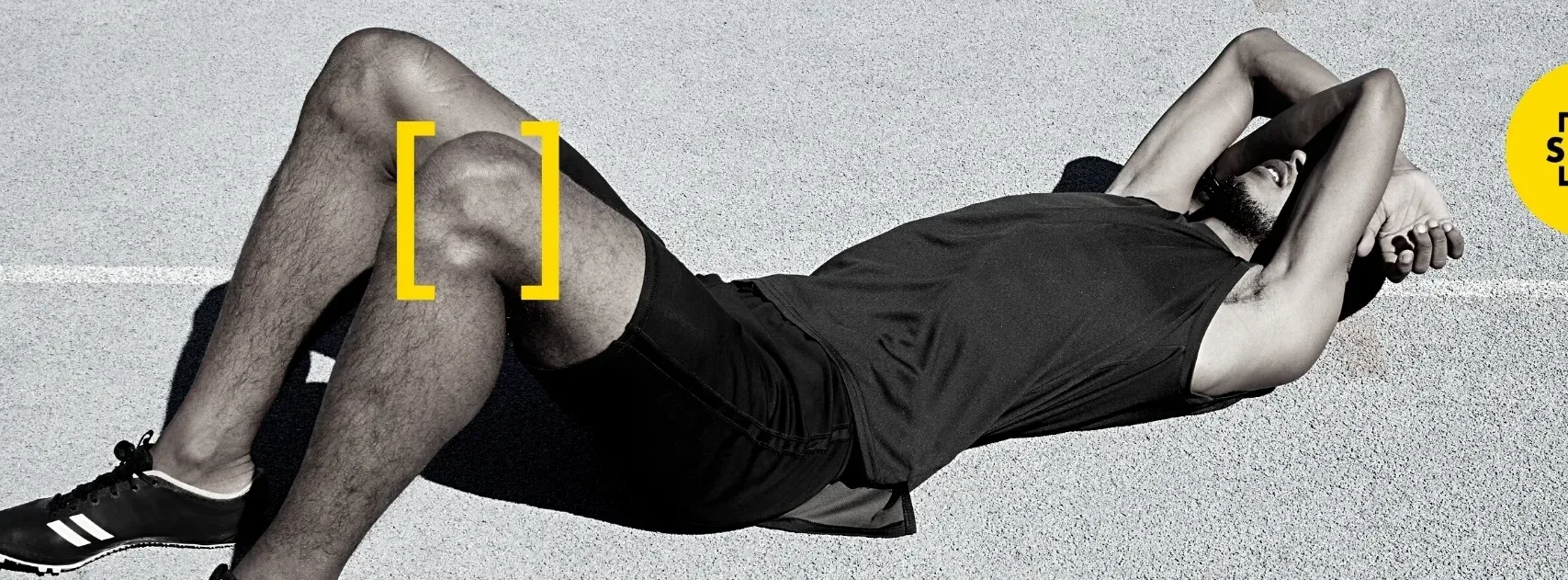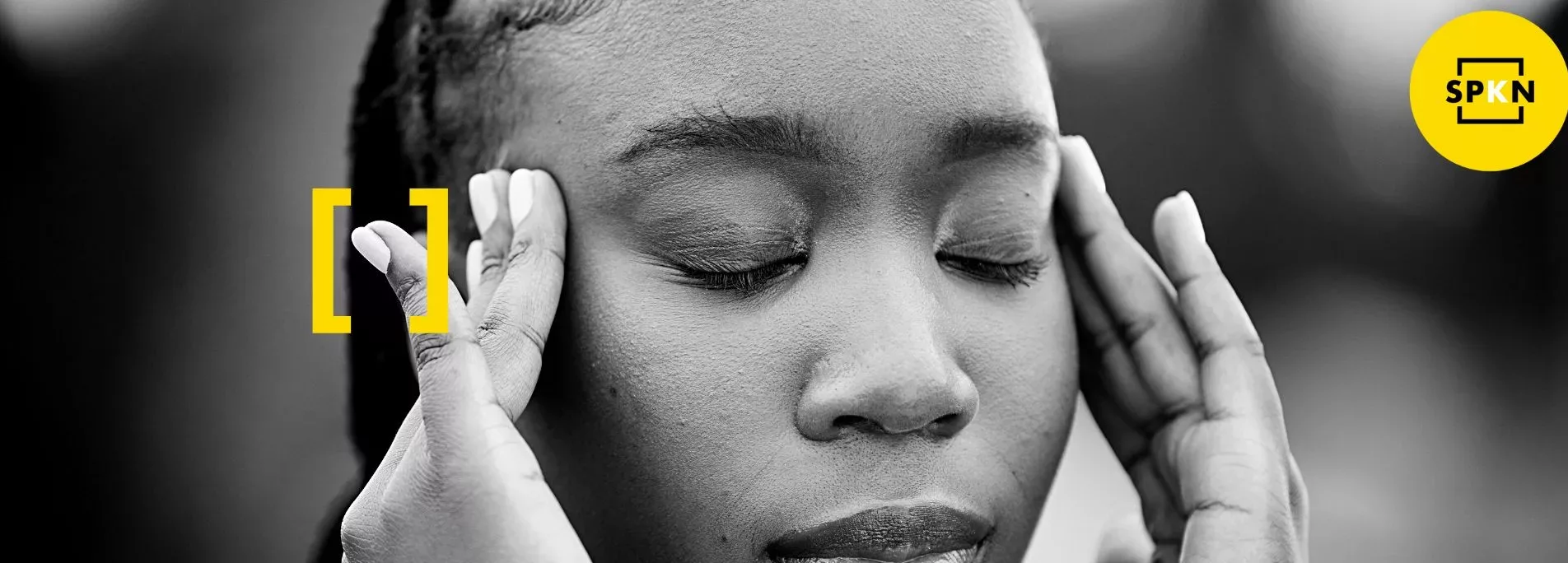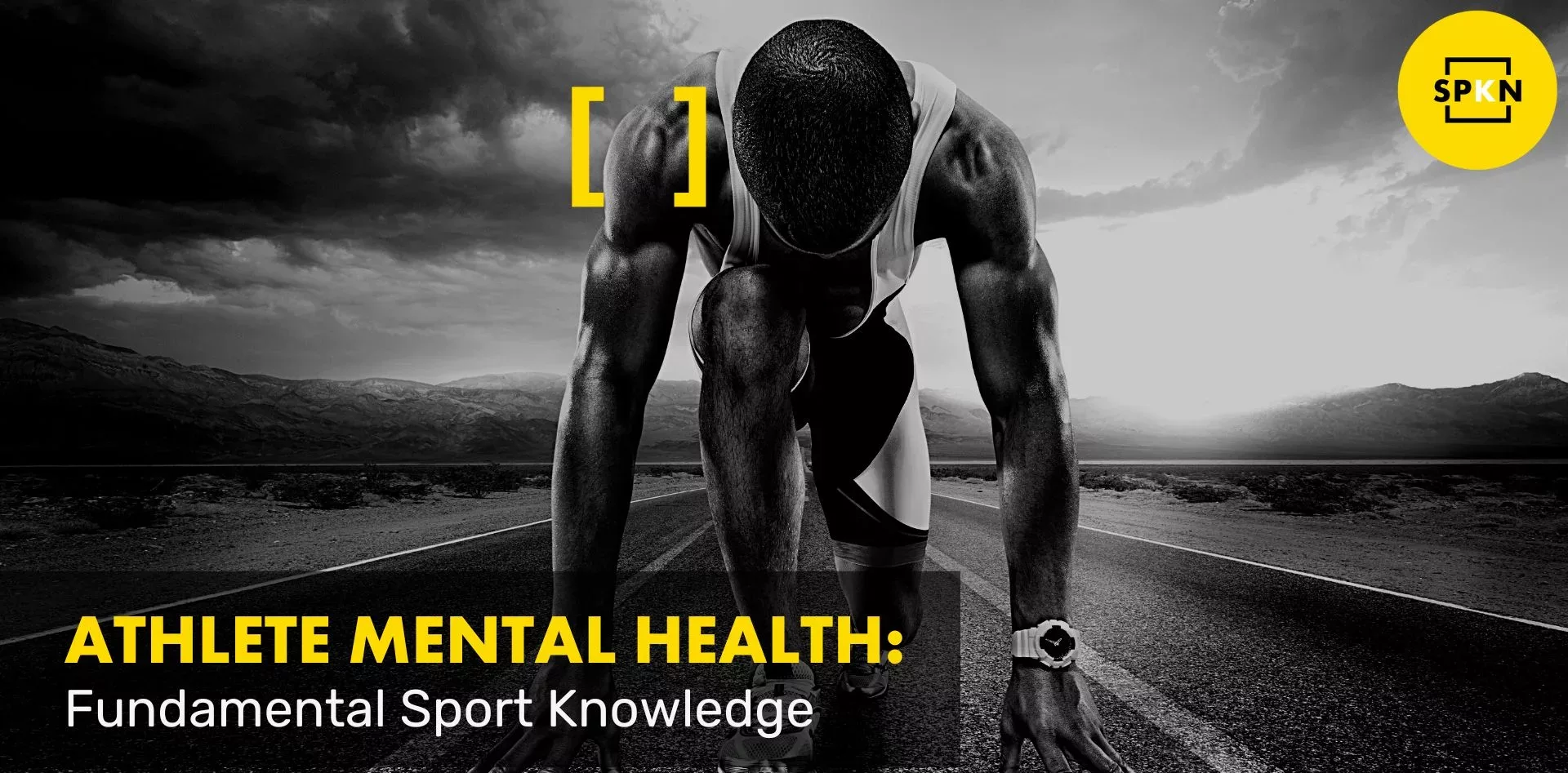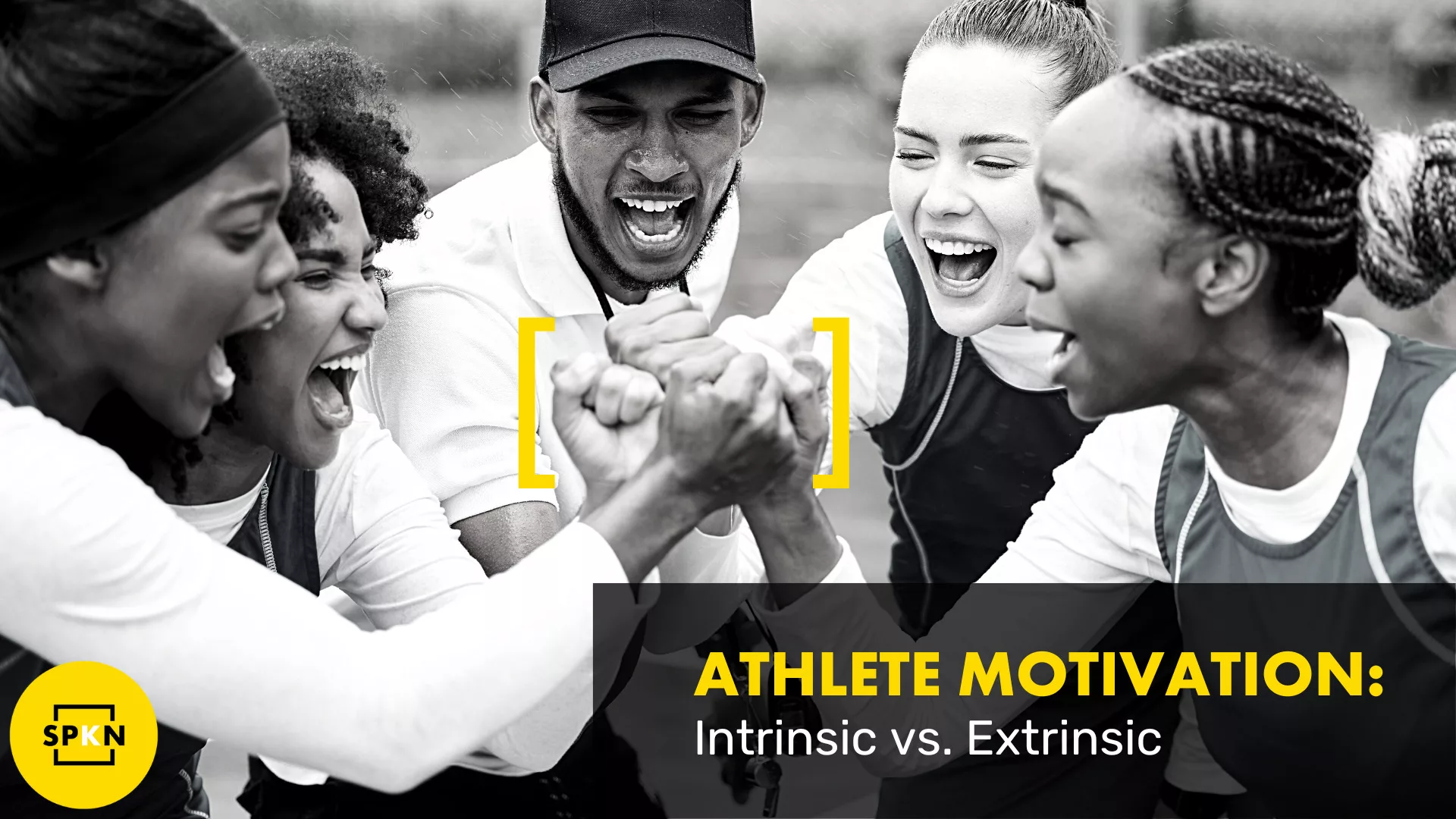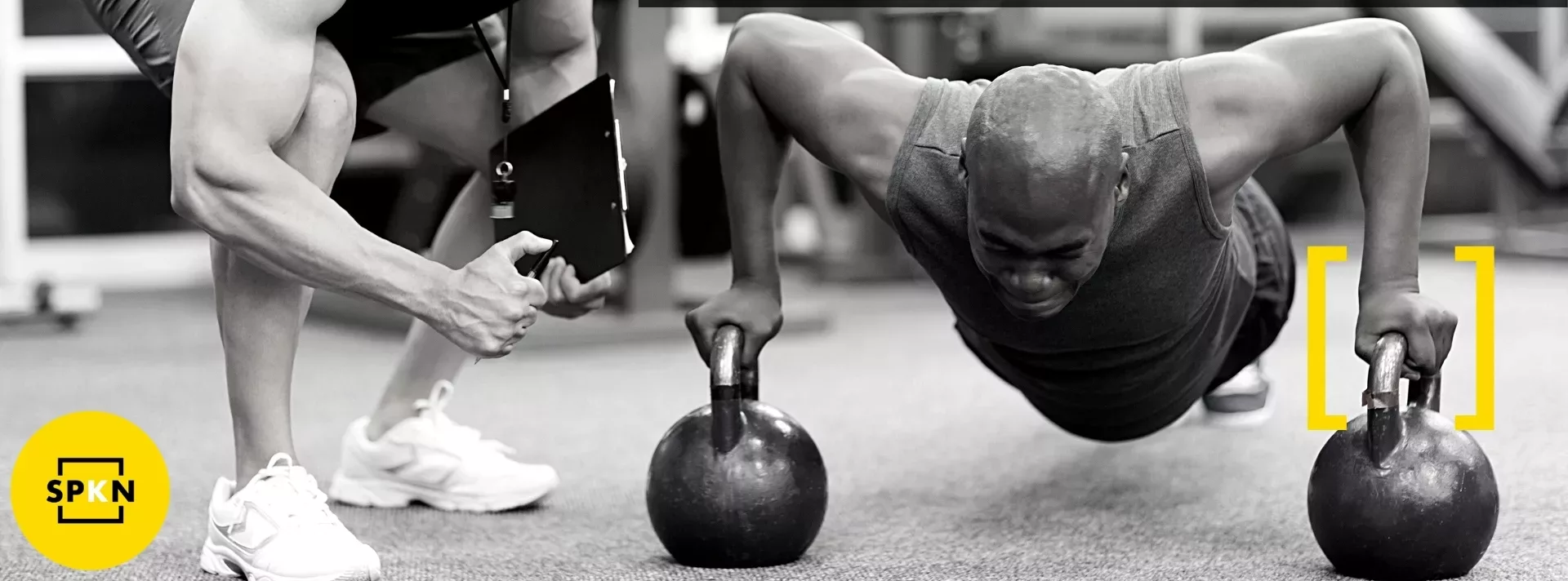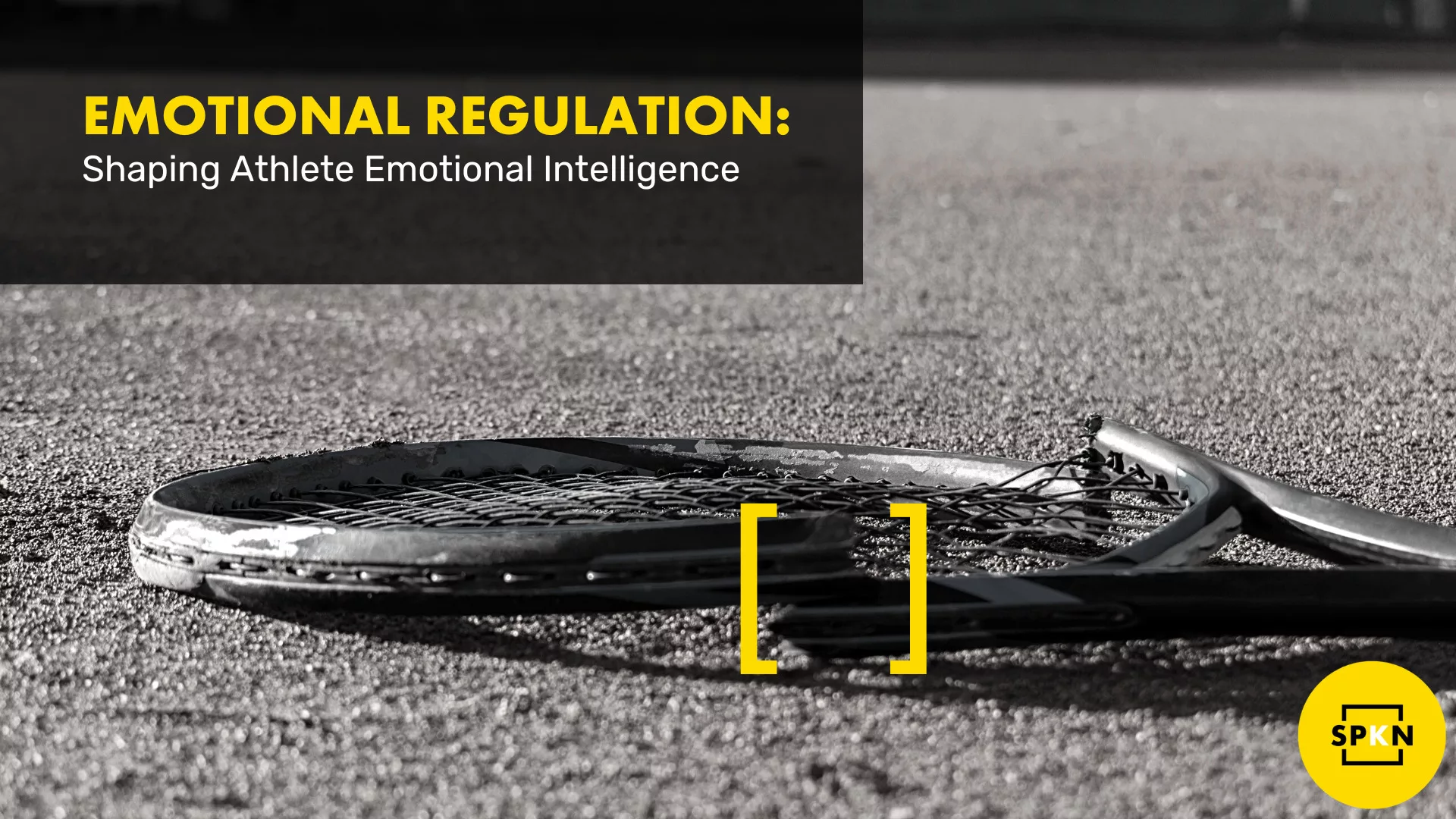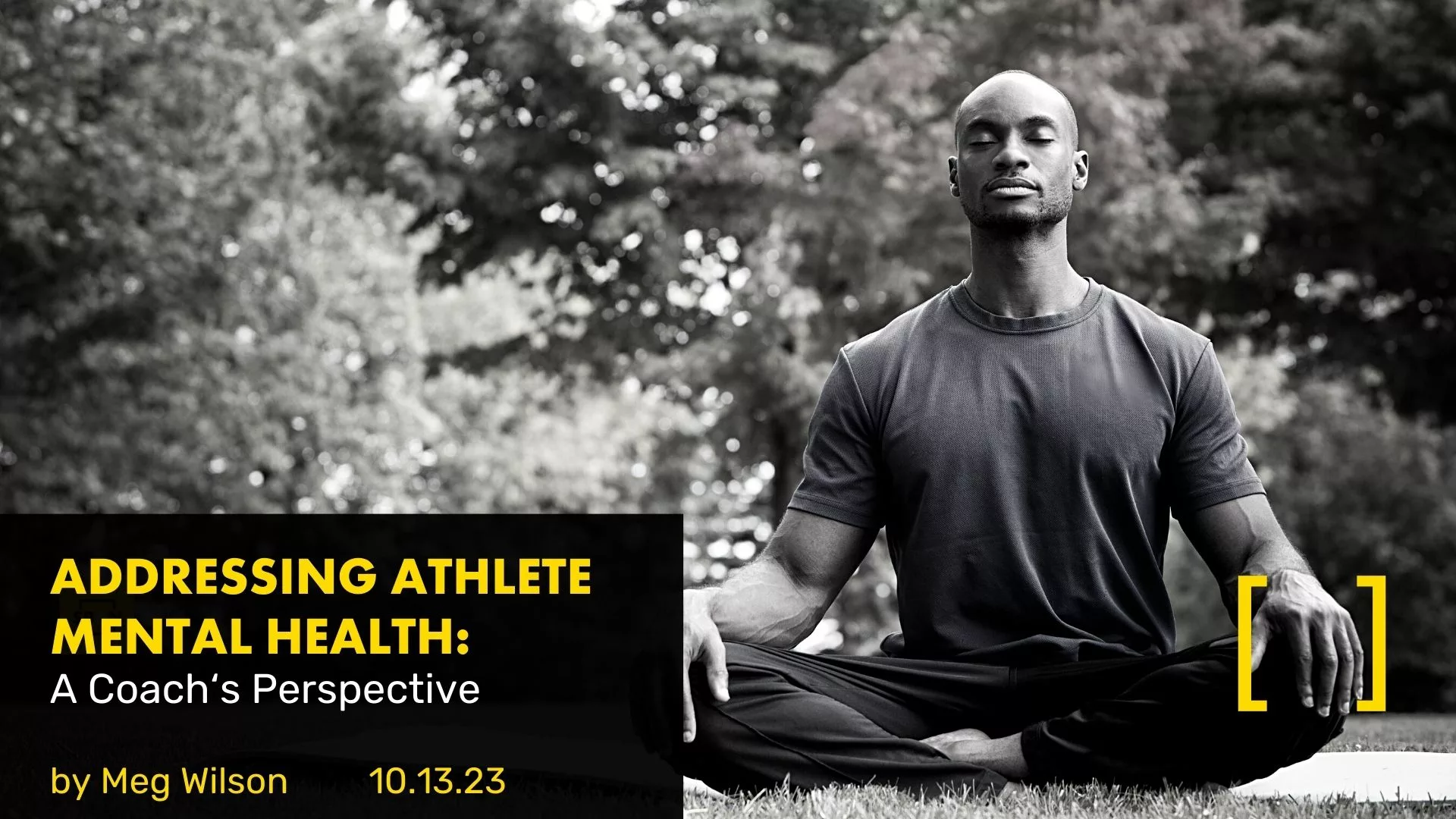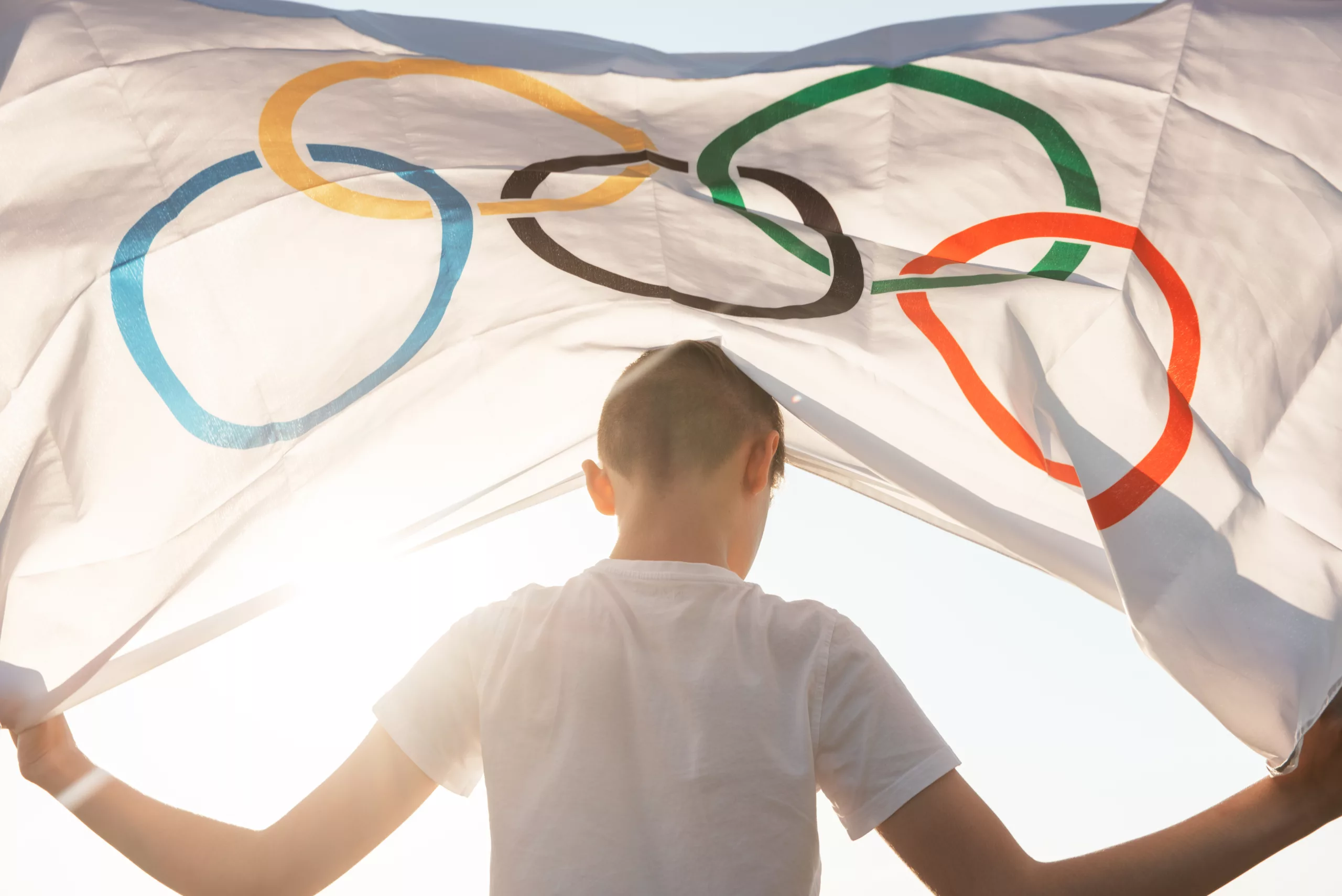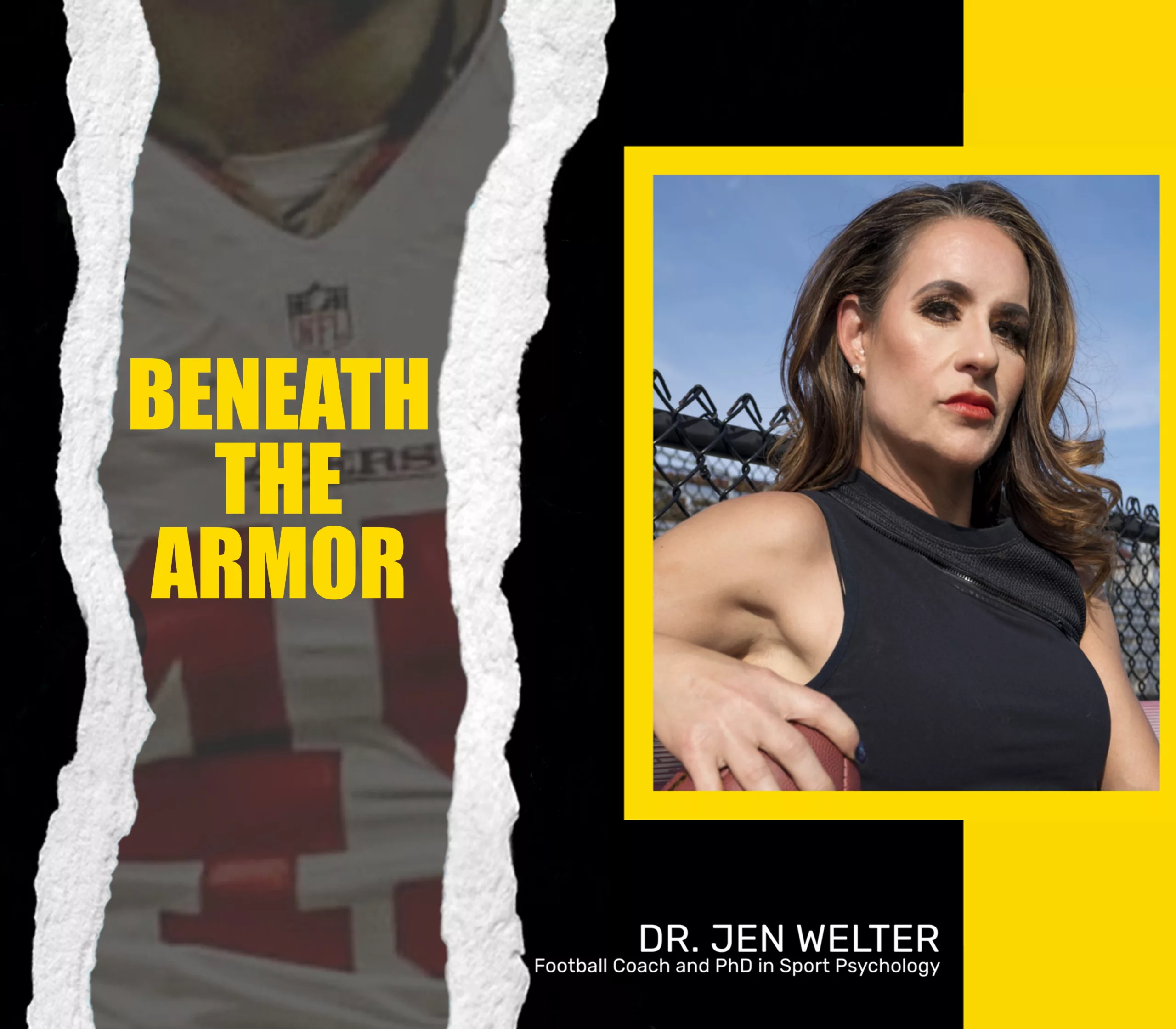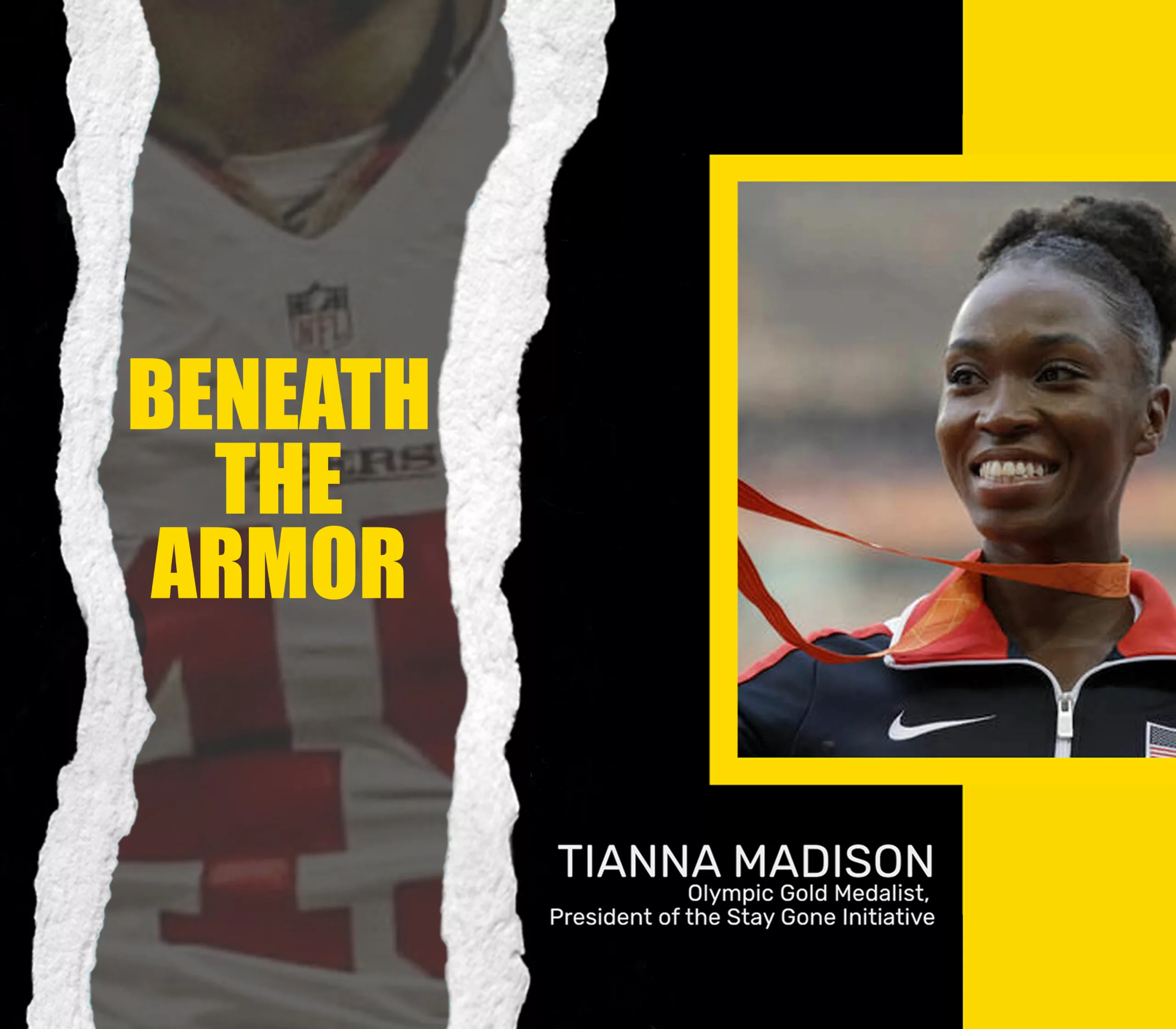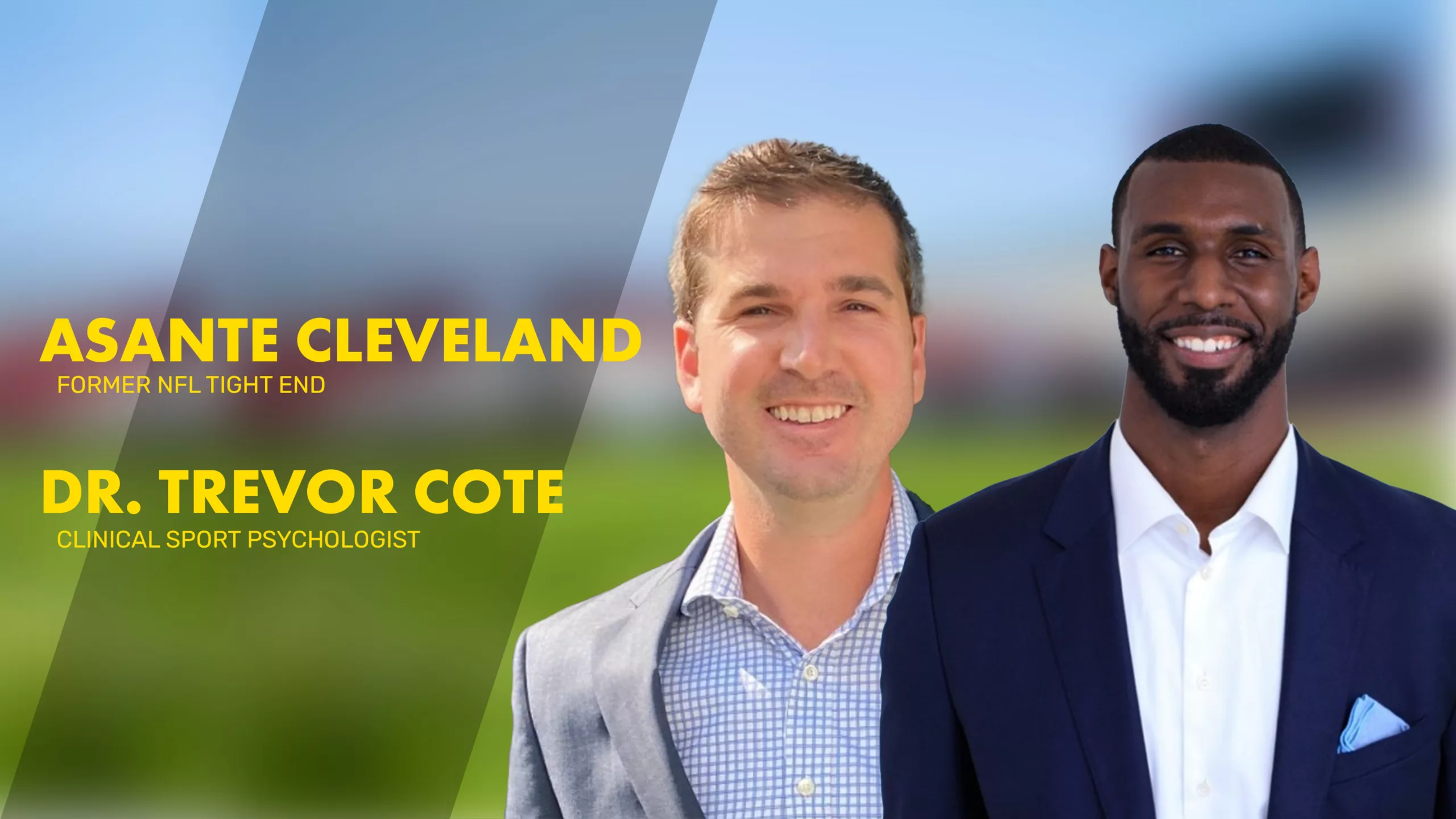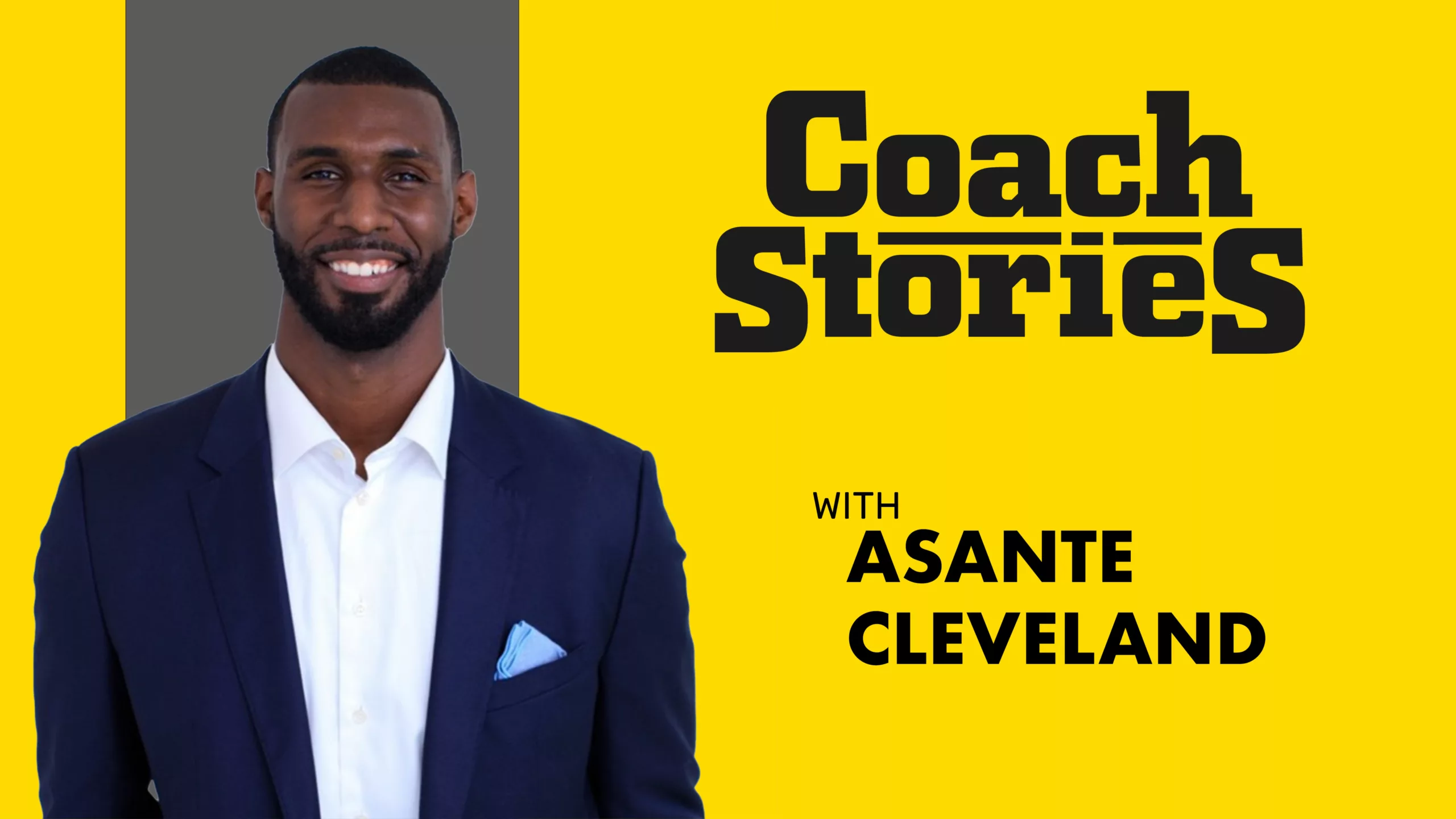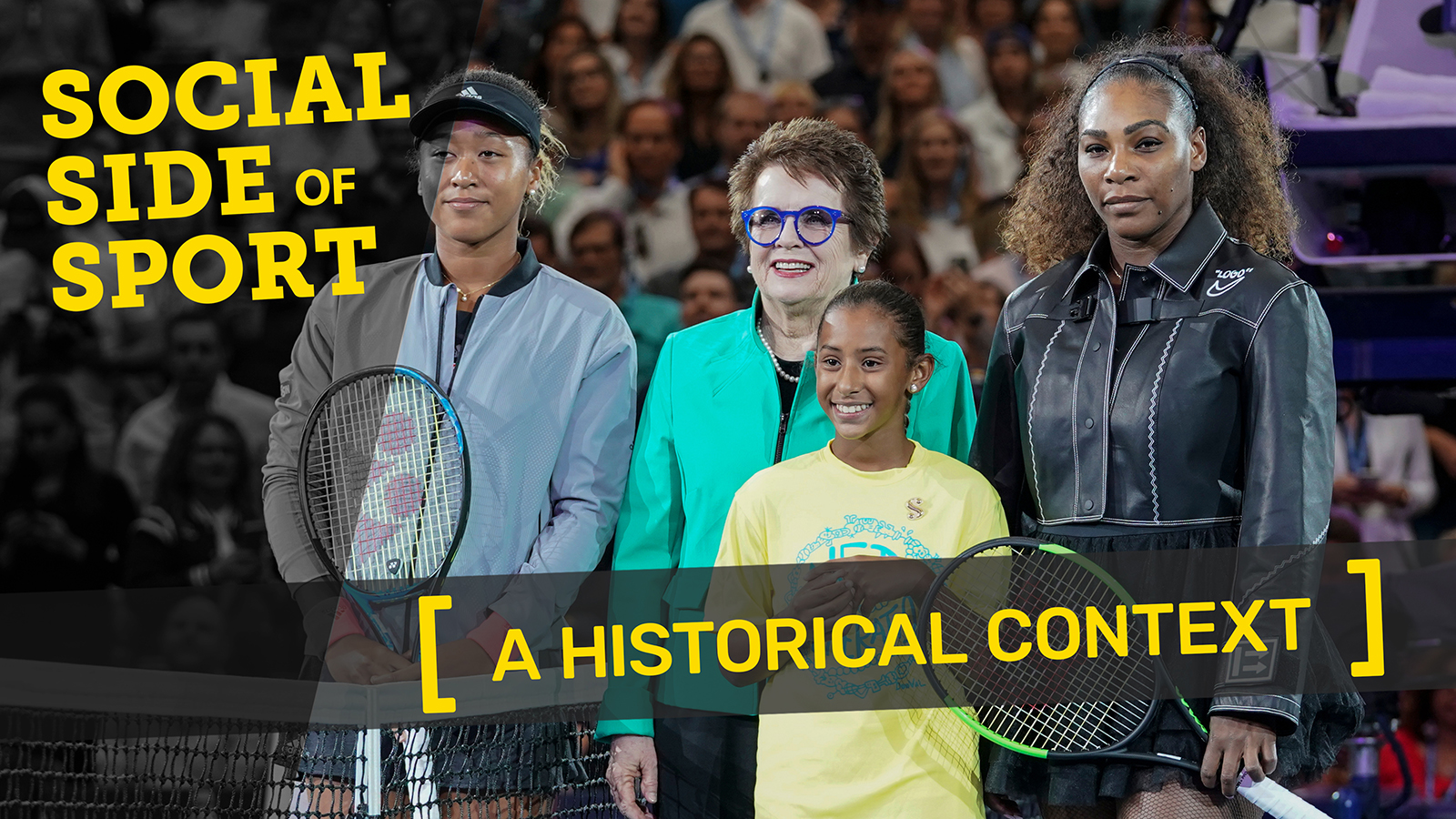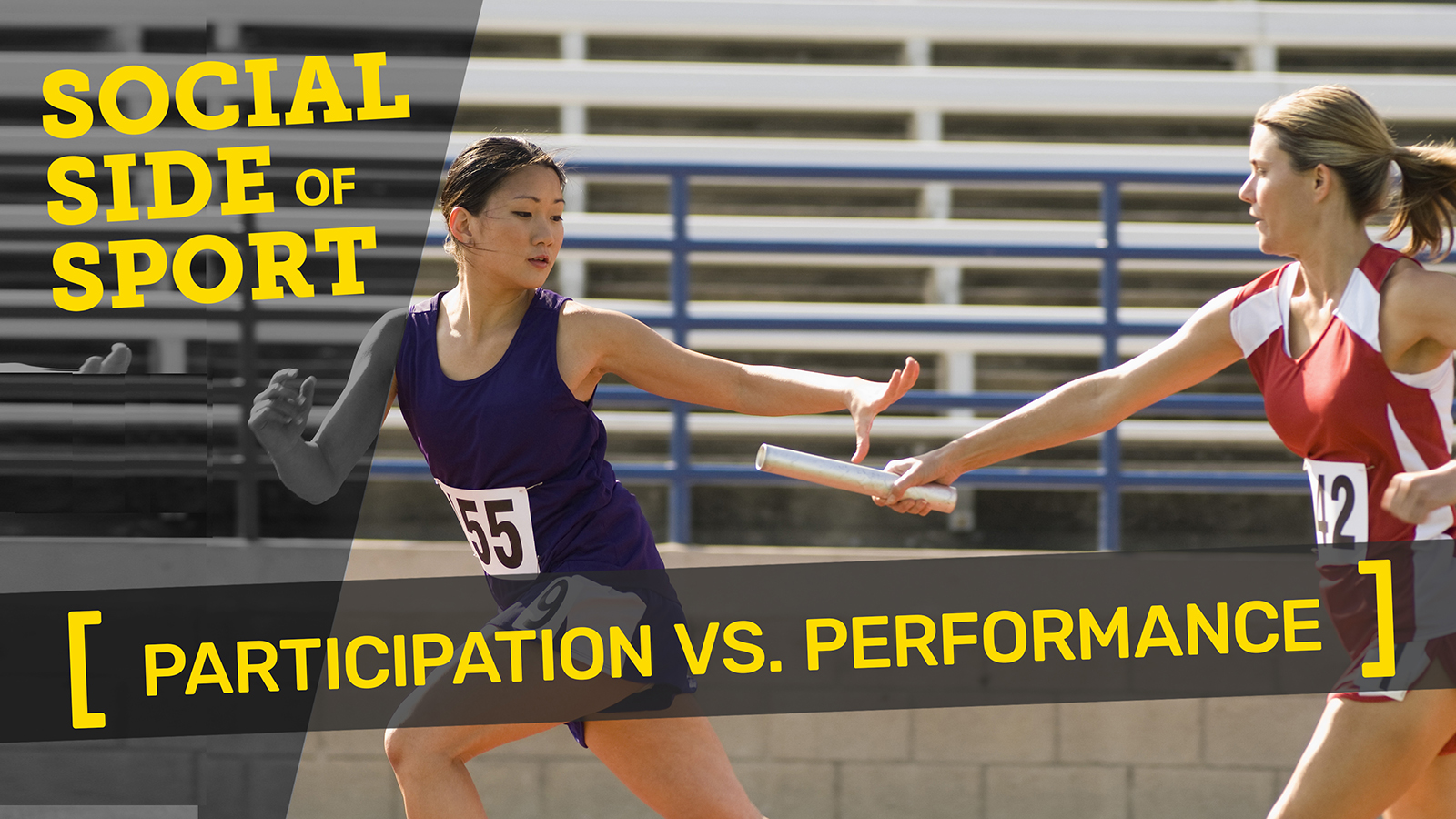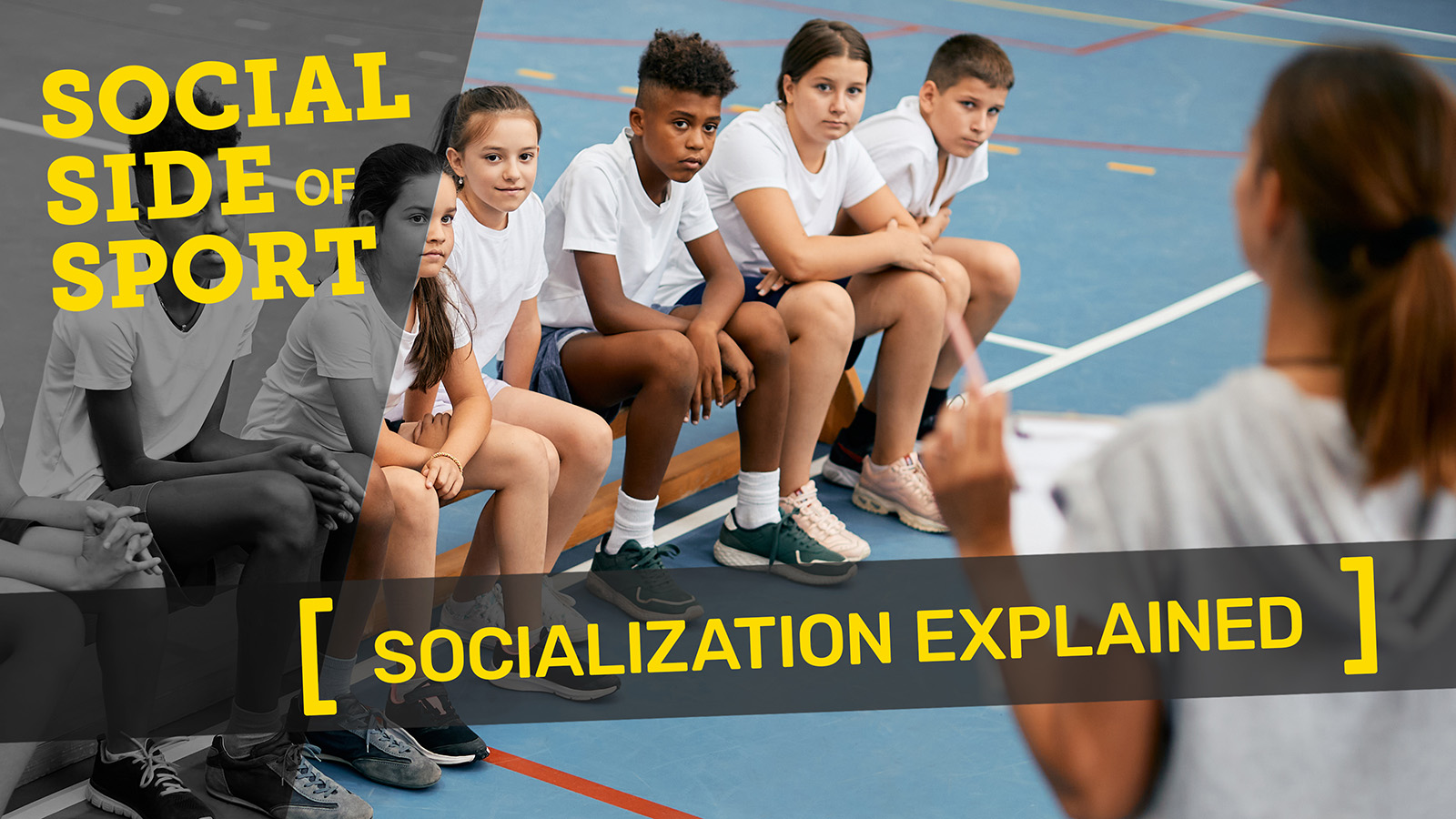Athlete Welfare: This term concerns the protection of the health and well-being of athletes. Welfare practices focus on either promoting aspects of well-being or on preventing aspects of ill-being. Athlete Welfare can be conceptualized as occurring at the individual, relational, and organizational
levels.
At the individual level, potential welfare issues include depression, self-harming, and disordered eating, as well as problems related to alcohol, recreational drugs, or gambling. At the relational level, athletes have relationships with those around them (e.g., parents, coaches, and peers) that can be characterized by bullying or be used to abuse the athlete, whether this is sexually, physically, or emotionally (Alexander, Stafford, & Lewis, 2011). Such abuses can also take place online. At the organizational level, threats to athlete welfare include systems that promote over-training, the endorsement of abusive hazing rituals, as well as the systematic abuse of both legal and banned substances.
The structures around an athlete can also serve to neglect their physical, educational, psychological, or social development. The International Olympic Committee has published a series of consensus statements and educational materials related to athlete welfare. The International Safeguards for Children in Sport has also recently been launched. These International Safeguards set out the actions that all organizations working in sport should have in place to promote and protect athlete welfare.
They have been informed by researchers with a diverse range of perspectives from different countries and stakeholder groups (Rhind & Owusu-Sekyere, 2018). Research demonstrates that people are successful across multiple life domains not only because success increases people’s well-being, but also because high well-being engenders success in many life domains (Seligman, 2008). The significance of athlete welfare is thus critical due to the potential association with a range of benefits for the athletes’ well-being, as well as performance.
References
Alexander, K., Stafford, A., & Lewis, R. (2011). The experiences of children participating in organized sport in the UK. London: NSPCC.
Rhind, D. J. A., & Owusu-Sekyere, F. (2018). International safeguards for children in sport. London: Routledge.
Seligman, M. E. P. (2008). Positive health. Applied Psychology: An International Review, 57, 3 18.
***Contributed by Daniel J.A. Rhind for Hackfort, D., Schinke, R. J., & Strauss, B. (Eds.). (2019). Dictionary of sport psychology: sport, exercise, and performing arts. Academic Press. https://amzn.to/3ZxARzT





